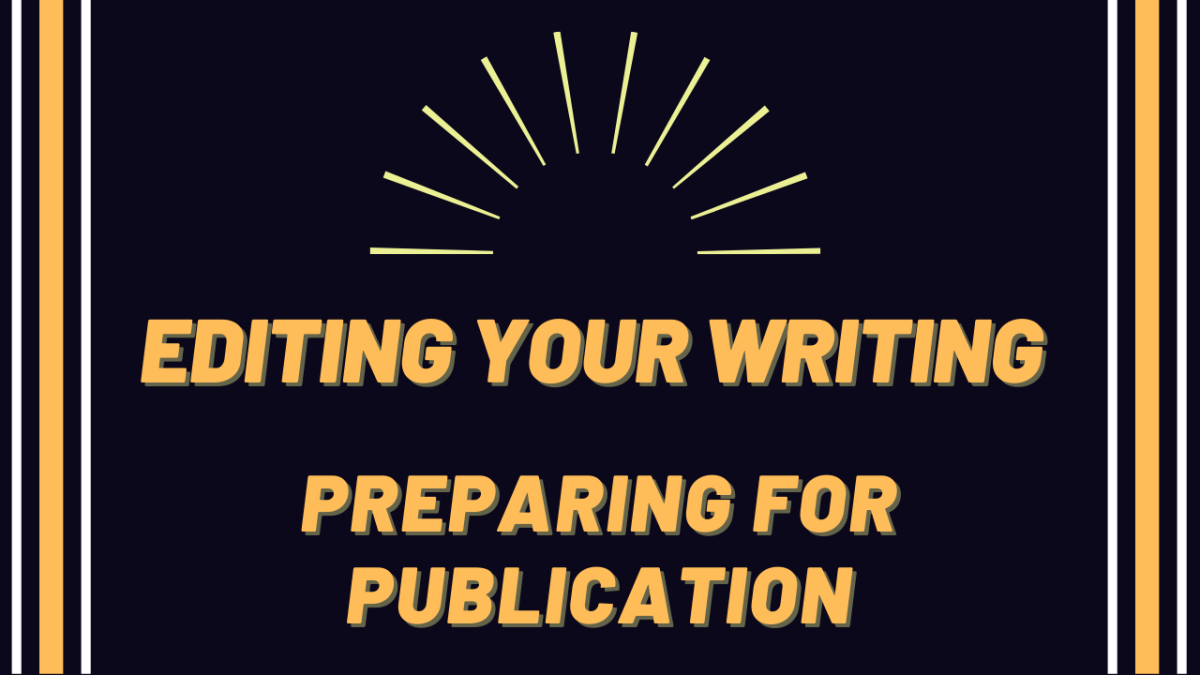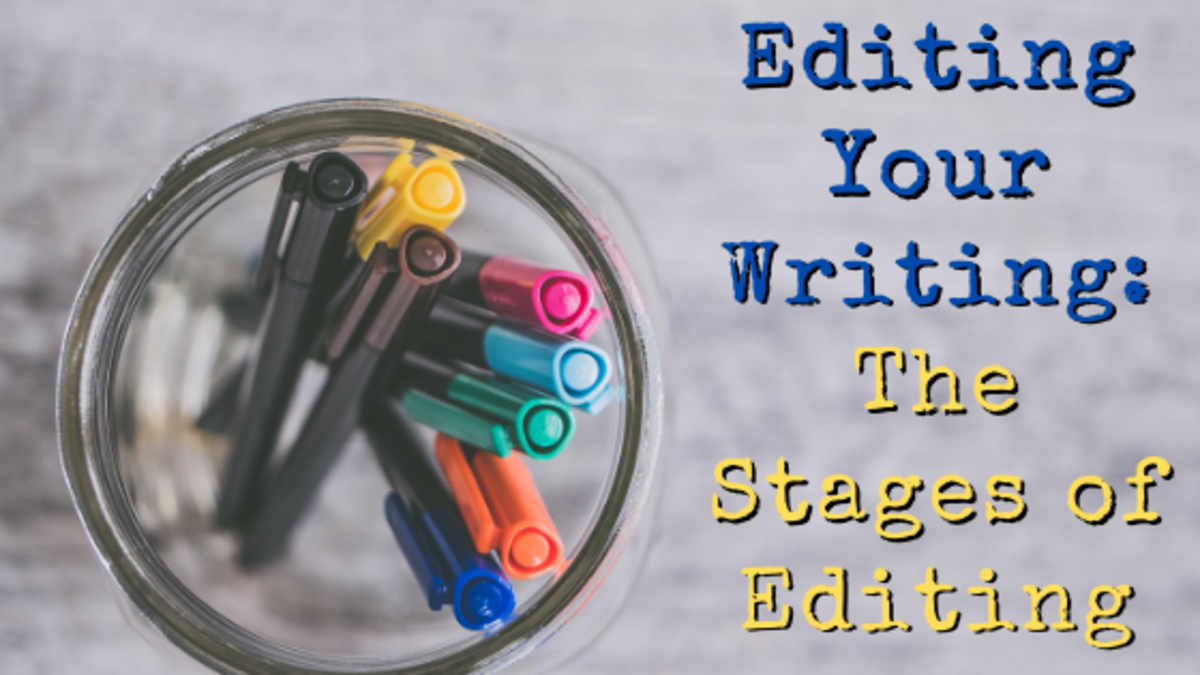Writer’s Toolkit: My Personal Book Editing Process

- Writer’s Toolkit: Why We Need Editors
Why writers need editors, especially for larger works like novels.
I wrote an article about the importance of having someone edit your work, now I’m going to share my personal novel and short story editing process.

Behind closed doors…
I think it was Steven King who said something about keeping the door closed for your first and second draft and open the door only once the second draft is complete. I completely agree with this. You couldn’t convince me otherwise. Under no circumstances do I ever let anyone read my first draft, whether it’s a novel, short story, or novella. Size is irrelevant. No one reads it. Once the first draft is done, then I take the time to go through, fix errors, and polish it the best that I can.
The main reason is because I want the people in the next step of the process to find errors that I miss. If I don’t edit first then they are going to be finding errors I could have found myself. This is not only a complete waste of their time, but it makes it more likely that they will miss something else. In fact, if I’m not fairly confident that I’ve done a decent job, no one may see it until the third draft.
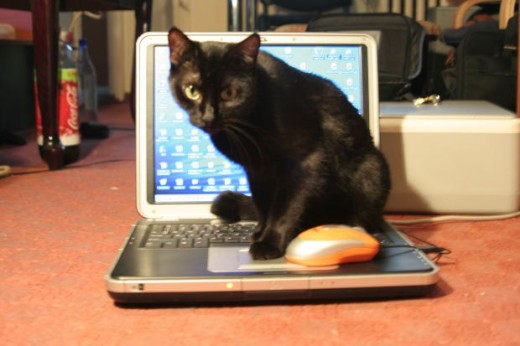

Opening the doors one at a time…
At one time, when I had completed the second draft, I would have swung the barn doors wide open and asked as many people as possible to start editing and beta reading. I think this is a bad idea, and I don’t recommend it. Instead, I give the second draft to one person and ask them to edit/beta read, and to mark in red or highlight any errors they find. I also ask them to watch for inconsistencies, and to feel free to share anything that they think will make the story better. To be clear, the people in question are friends of mine, not professionals.
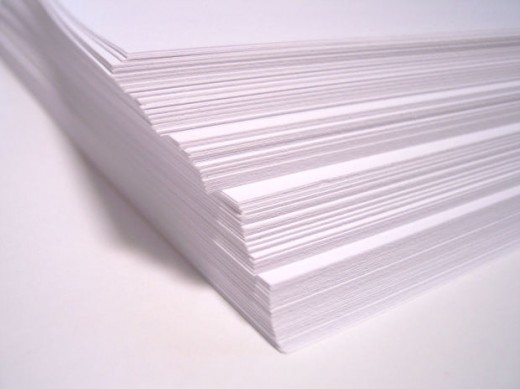
Once the first person has made it all of the way through the story and marked everything that they find, I go through what they’ve found and correct the grammatical, spelling, and inconsistency errors they’ve marked. If they had an idea to add or change something, then if I like it I go with it. If I’m not sure, I’ll hold it out, but keep it in mind. Someone else may have an even better idea, or someone else may have the same idea, which is a strong indication that maybe I should use it.
Once I’m done here, it’s on to the next person. I follow this same process, one person at a time, trying to get as many people as possible to edit the story. Right now, I’ve got four people I can depend on to edit my story, but usually I can find an extra person or two. I do it this way for the same reason that I do the second draft myself. I don’t want them all finding the same errors as each other. The cleaner it is with each pass, the more likely it is that someone will find a random error that was missed by everyone else.

Once all of the people I’ve begged, pleaded with, and annoyed into editing for me have finished, then I give it at least one more pass. If I still find an abundance of mistakes, I’m going through it again. In fact, I will continue going through it until I can pretty much read straight through without finding many or any errors.
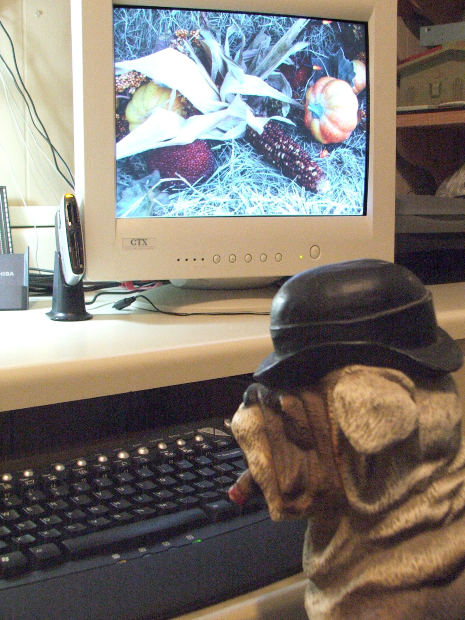
I haven’t self-published anything in over a year, but if I was going to, at this point I would feel confident in putting it out there. Otherwise it’s ready to go to the publisher. You may wonder why I would put all of the extra work and effort in if the publisher is going to have line and copy editors go through it anyway. Well for one, this is my work and I want it to look good. There is a chance I don’t know the person editing it, and I’m unfamiliar with their ability. Perhaps more importantly, I want to make their job as easy as possible so they are more inclined to work with me in the future. Remember, when you are trying to sell your work (Whether to a publisher or a customer) you are selling yourself as much as the story and you don’t want to look like a slouch.
This is my strategy, and it may not be right for everyone, but if you are just starting out then you could do worse than to follow this method. Of course, I’m always open to new ideas, so if you have a strategy you want to add or a question to ask, feel free to do so in the comments section below.
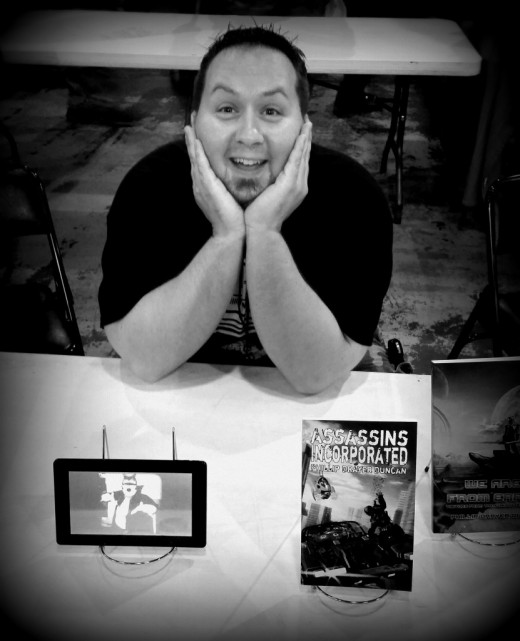
Phillip Drayer Duncan is the author of 4 published novels and 12 short stories. He has work published with Yard Dog Press, Pro Se Productions, and Seventh Star Press.




